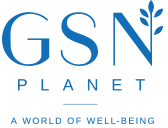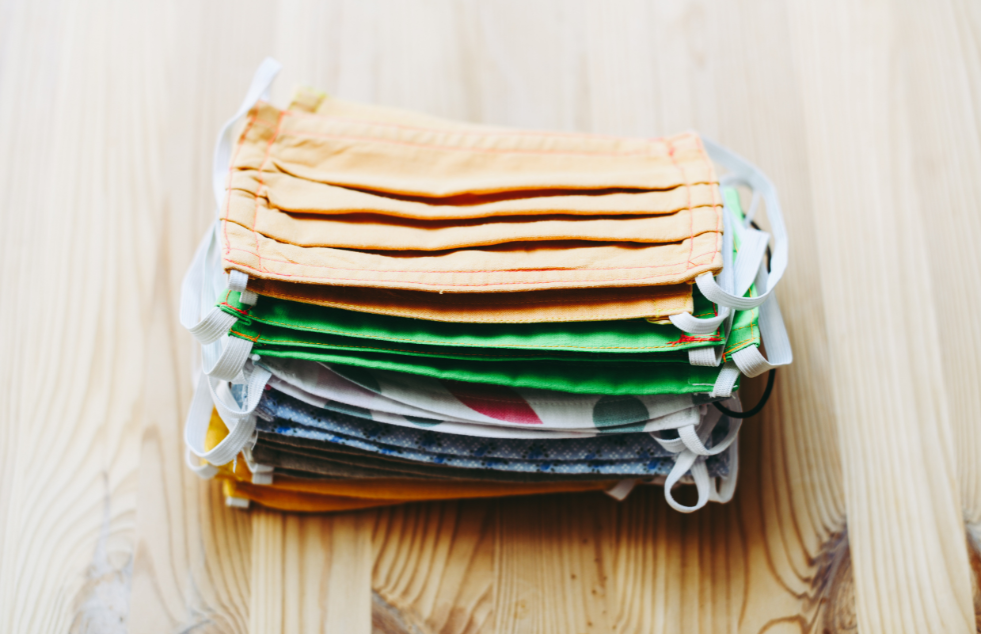Notice: Undefined variable: item in /home/w3v3cw8vp7a1/domains/gsnplanet.org/html/wp-content/themes/JointsWP-CSS-master/parts/loop-single.php on line 16
12.10.22
Comparing Curves – Covid vs Sustainability
Our initial perception that the global lockdown measures in 2020 allowed nature to sigh with relief, was well placed. Bird and insect life returned to previously uninhabited areas and the smog clouds over the big cities lifted and then disappeared altogether. Living nature seemed invigorated, seemingly as a result of less human impact.
The specific environmental improvements brought about by the forced economic shut down could be found in:
- better air quality, with the reduction both of factory emissions and air and road travel,
- cleaner beaches,
- less noise, and
- cleaner waterways in areas where boat traffic decreased, especially in cities like Venice, Stockholm and Sweden.
But, as the graph above shows, this initial declining impact on the environment suddenly reversed course and started ascending rapidly to the extent that it has now overtaken the Covid infection curve. WHY?
A substantial increase in personal protection equipment (PPE) waste,
plus
a substantial increase in domestic waste,
plus
a reduction in waste recycling.
500%
This is one of the alarming statistics associated with PPE waste (which includes spent hand sanitizers and cleaning products) following the implementation of Covid health measures. Stated quantitively, 89 million masks and 76 million pairs of gloves are used and discarded globally each month according to an estimate of the World Health Organisation. And many have already landed on remote beaches, in rivers and landfill.
The increase in domestic waste is directly attributable to a rising demand for online shopping and take-away foods, which require additional, instantly obsolete packaging. Certain FMCG retailers and coffee shops who pre-covid accepted plastic bags and coffee cups from customers for refill (towards conservation efforts) stopped doing so subsequent to lockdown announcements.
The fact that the recycling industry, including the important work of informal waste reclaimers, ground to a halt during lockdown, is the last leg in this eco triple whammy.
That is not where it ends however. Collateral environmental damage caused by lockdown includes an increase in deforestation to make provision for the rising demand for packaging together with an increase in illegal poaching in many marginal settings as a reaction to economic hardship occasioned by stagnant trade.
Do we need further reminding of the contamination to soil, rivers and the ocean caused by plastic breakdown, or marine species negatively affected by discarded plastics? Despite increases and bans in the plastic bag industry, very little discernible behavioural change has yet taken place.
As providers of wellbeing products and services, and being conscious of our important role in giving effect to an ethical business ethos, spas and salons are increasingly asking how they can minimise their sanitizing waste impact.
- Use re-usable sanitizing wearables such as masks, gloves and suits. They are just as safe as disposables if proper sanitizing practices are followed.
- Purchase eco-friendly sanitizers free of nano-plastics. These tiny plastic particles are often found in hygiene and sanitation products and are what give these products their gel-like texture. Plastic has been found everywhere on earth – in the deepest parts of oceans, in the tissues of small organisms that form the basis of our food supply chain, in the fish that we eat and now with nano-plastics, even in the air that we breathe.
- Use refillable containers for hand sanitizers.
- Use bio-degradable containers for hand sanitizers.
- Buy sanitizing chemicals in bulk and in returnable containers.
- Dispose of used and contaminated sanitizing equipment safely, as you would with any other hazardous waste.



